
Step Dance – A dynamic mix between art and fitness
Dance is a form of art and at the same time a complex form of movement that involves calorie consumption. By bringing dance into the gym and adding step to the equation, we get a dynamic and very engaging form of aerobic exercise called “Step Dance”.
Evoluția step-ului în industria fitness-ului
The fitness industry is constantly evolving, and as a result, step, which consists of simple and dynamic movements used as an “accessory” in toning classes to create greater intensity, has developed and is now introduced in both cardio and choreography classes.
The structure of a Step Dance lesson
A Step Dance class, like other classes of its kind, consists of a warm-up and ends with a stretching session. However, the captivating segment of this class lies in the middle part, which involves choreography. The intensity varies depending on the complexity of the choreography and the participants’ fitness level.
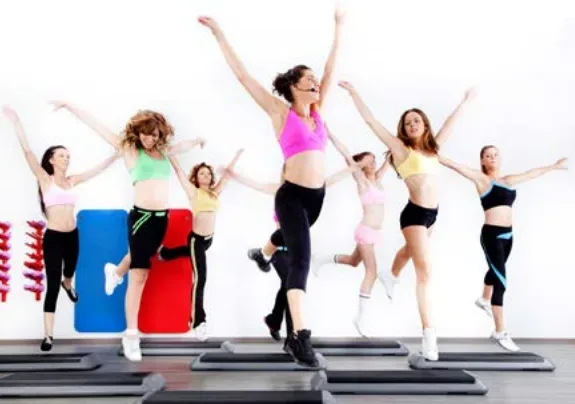
Choreography – The focal point of the class
The choreography is based on basic aerobic steps (knee up, leg curl, v-step, etc.). All these elements are components of the dance, which aims to utilize the space around the step by moving laterally, forward and backward, and stepping over the step, and, of course, returning to the starting point. The choreography can be symmetrical (the right side is identical to the left side) or asymmetrical (starting with the right foot and ending on the same side without having two identical parts).
Diversity and Creativity in Step Dance
The format of each class is decided by the instructor. Elements from different dance styles (Latin, hip-hop, ballet, etc.) can be incorporated, but there will always be a common element, namely the methodology and didactics, without which this class would not be possible.
The methodology and didactics form the foundation of this class, making it accessible to everyone. At the same time, they serve as a starting point for modifying the complexity of the class.
The benefits of the Step Dance class
In fitness centers, it is recommended to primarily work symmetrically. By equally using the lower limbs, participants can learn the movements more easily and progress faster. Asymmetrical choreography is a great way to introduce a challenge both in terms of choreography and coordination.
This class greatly helps with coordination, improves heart rate and endurance, tones the lower limbs and glutes, and allows for the use of rhythm in a new and dynamic way, increasing mobility and calorie burning.
International popularity
Step Dance, like Aerobic Dance, is well-known worldwide and is used in international conventions. More and more instructors want to specialize and develop their own style to bring something new to the aerobic studios and offer clients a new choreography and challenge each time.”
Cristina Constantinescu "Kiki"
"Cristina Constantinescu sau Kiki asa cum o cunosc cei carora le impartaseste pasiunea pentru fitness este primul Presenter International de Fitness din Romania. Absolventa a Facultatii de Medicina Carol Davila, licentiata in Kinetoterapie, Cristina este instructor de aerobic si antrenor personal la World Class Romania. Patru reprezinta varsta, cand a facut cunostinta cu sportul si ceea ce a consacrat-o au fost dansul si artele martiale. Entuziasmul Cristinei pentru sport a fost rasplatit de-a lungul timplui prin obtinerea numeroaselor diplome atat in tara cat si in strainatate. Experienta de peste noua ani in industria fitness-ului i-au oferit oportunitatea de a deveni profesor in cadrul scolii de fitness Move On unde preda workshop-uri de coregrafie, pregateste noii instructori de aerobic si are responsabilitatea organizarii concursului pentru presenteri - New Faces of Fitness Romania. 2013 este anul de bun augur, cand Cristina incepe sa reprezinte Romania la numeroase conventii ce au loc in Europa si Rusia, iar in septembrie 2016 a urcat pe podiumul concursului Les Mills Superstar ocupand locul al treilea pe toata regiunea nordica a Europei . „Nu renunta cand este greu sau nimic nu pare posibil, lucrurile pe care le doresti vor veni cu multa munca si ambitie. Gaseste-ti obiectivul si lupta pentru el!”
Recent Posts
Related Articles
CrossFit exercises practiced outdoors or at home
Concentration and discipline are indispensable for succeeding in any training program, regardless...
July 27, 2023Health guide for “ageless” women
Discover the Benefits of Physical Exercise and the Best Types of Training...
July 27, 2023Home-Based Pregnancy Workout in Comfort
The Benefits of Prenatal Home Workout The way we interact with people...
July 10, 2023Supplementation with Vitamins and Minerals
Essential nutrients for the body The macronutrients and micronutrients are essential for...
July 10, 2023

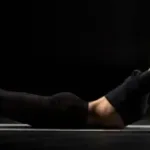
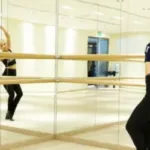

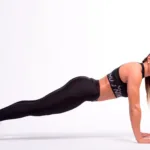
















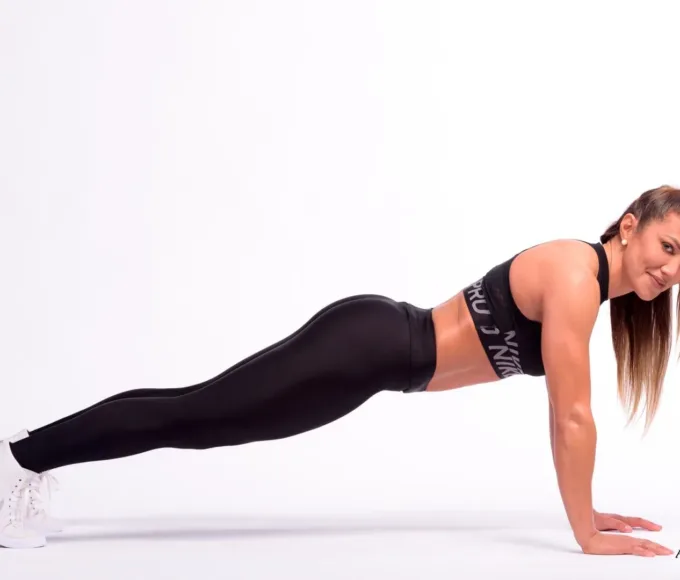



Leave a comment